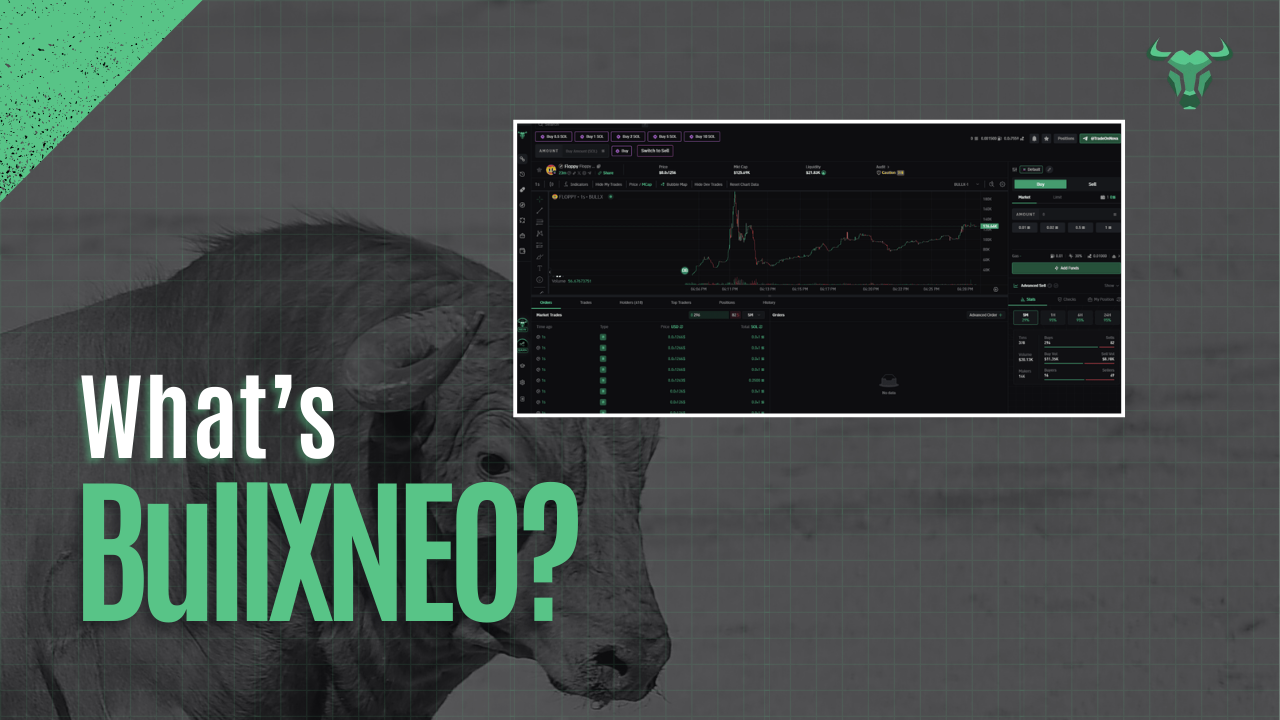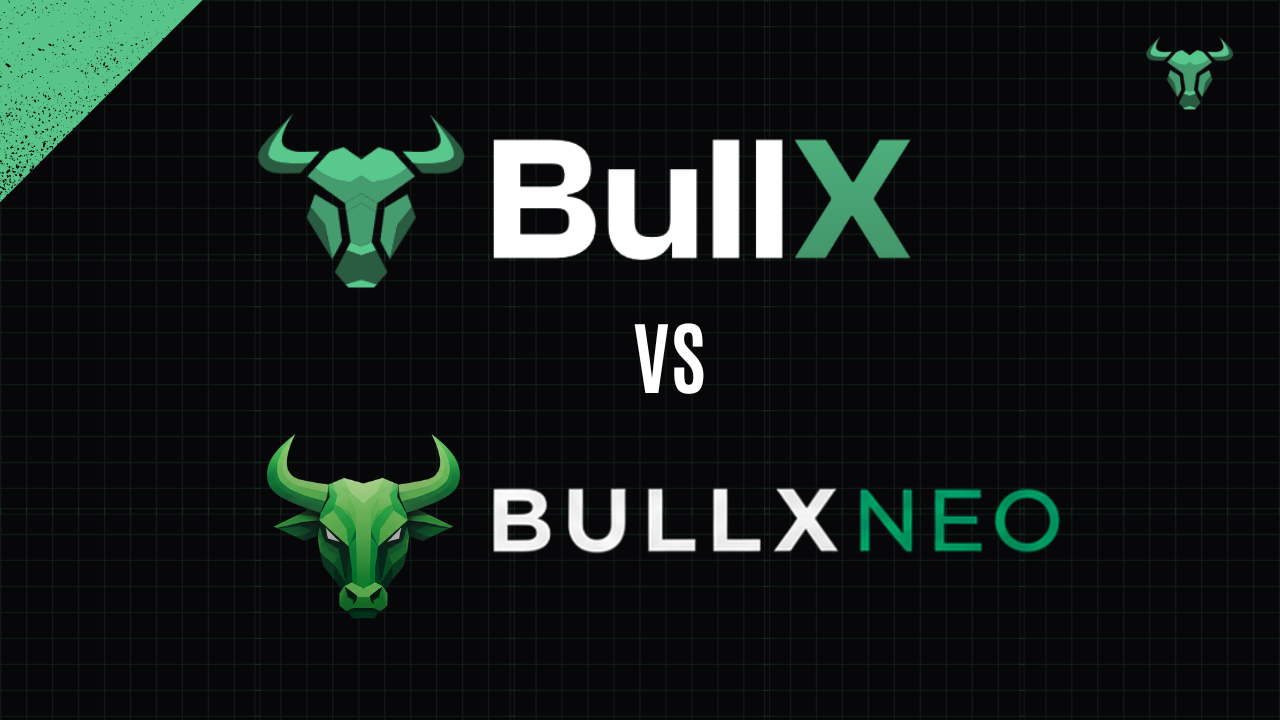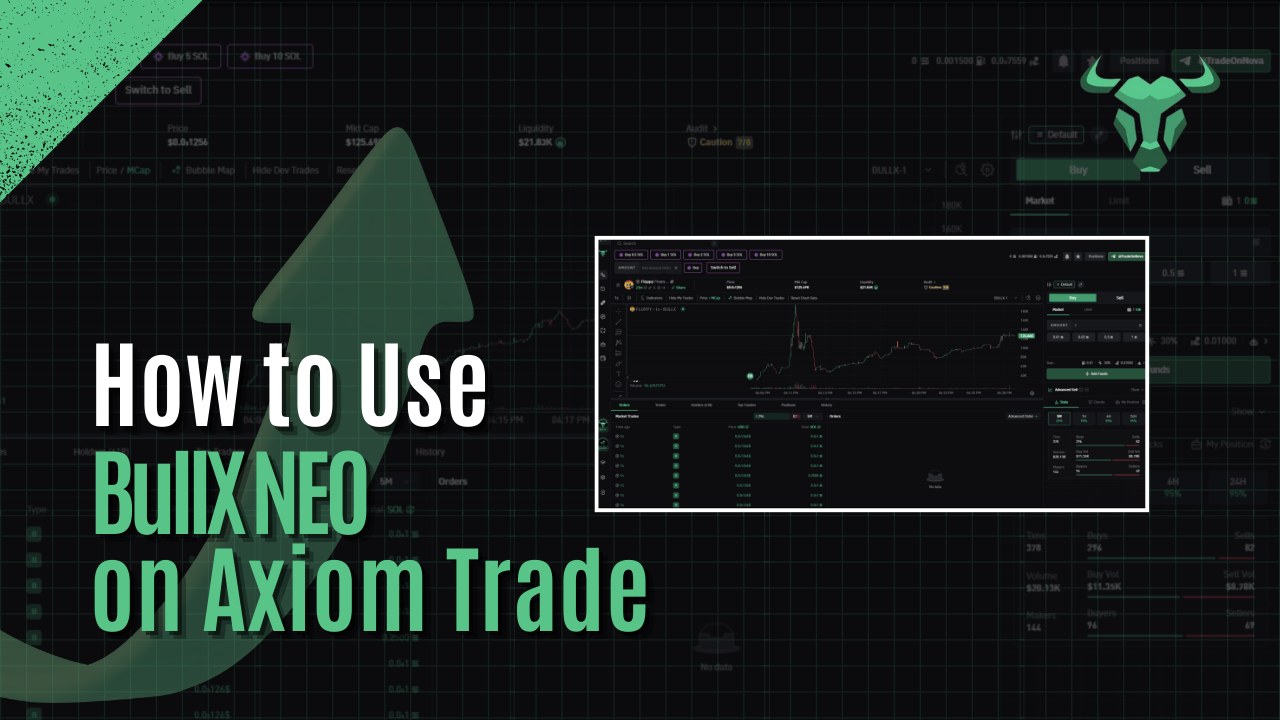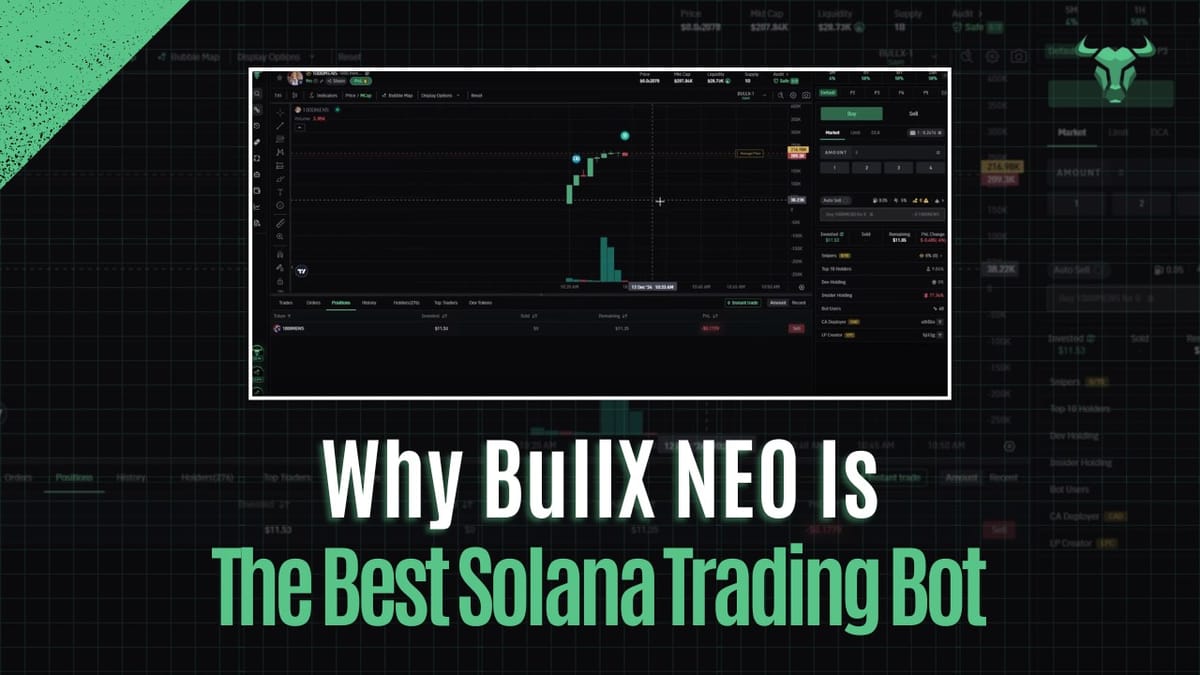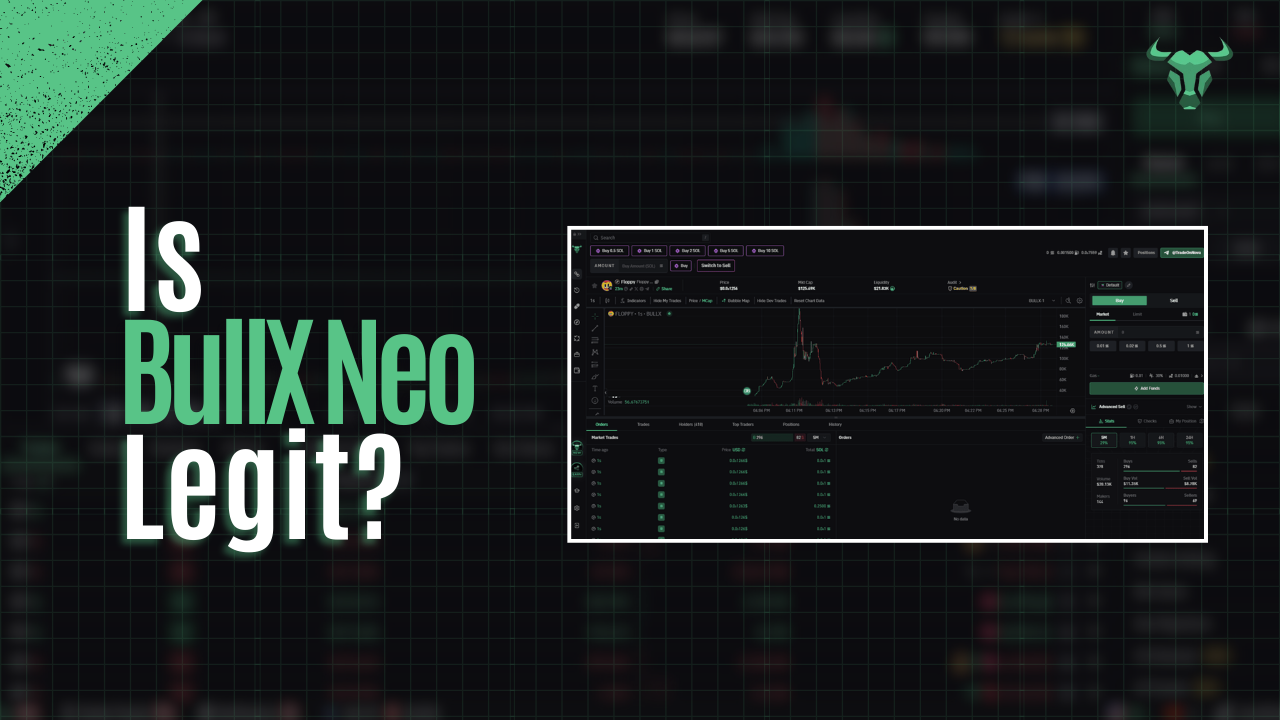Solana VS Ethereum
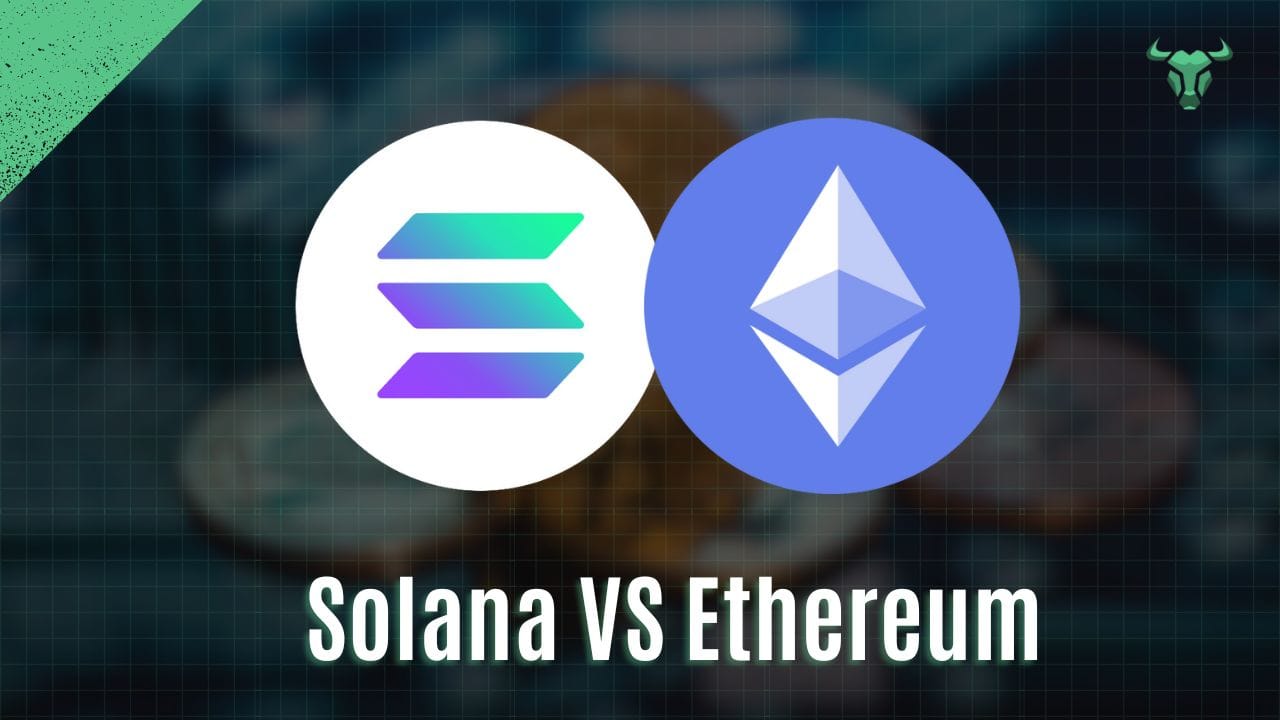
Hey there! So, you've probably heard a lot about different crypto blockchains lately, right? Two big names that keep popping up are Solana and Ethereum. They both do cool stuff, but they're pretty different under the hood. We're going to break down what makes solana vs ethereum stand out, looking at how they handle transactions, their security, and what people are building on them. Think of this as your guide to understanding which chain might be better for what.
Key Takeaways
- Solana often wins when you need super fast transactions and don't want to pay high fees, making it good for things like quick trades or games.
- Ethereum, while sometimes slower and pricier, has a huge network of users and developers, which means more apps and more people using it.
- When it comes to security and how spread out the network is (decentralization), Ethereum has a longer track record, but Solana is catching up.
- Both blockchains are seeing lots of new projects, from finance apps to digital art (NFTs), but they attract different types of builders and users.
- The future looks interesting for both, with Ethereum planning big upgrades and Solana continuing to grow its speed and features, and they might even work together more in the future.
Understanding Solana vs Ethereum

When you're looking at the blockchain space, you'll hear a lot about Solana and Ethereum. They're both big players, but they do things pretty differently. Think of it like comparing a sports car to a reliable truck – both get you places, but how they do it and what they're best for is not the same.
Core Technology Differences
Solana uses a different approach to processing transactions. It's built around something called Proof of History (PoH), which basically creates a historical record of events on the network. This helps speed things up a lot. Ethereum, on the other hand, is moving towards Proof of Stake (PoS) with its upgrades, but its older Proof of Work (PoW) system was much slower. This difference in how they agree on what's happening on the network is a big deal for how fast and cheap transactions are.
Scalability Solutions Compared
Scalability is a major talking point for any blockchain. Solana was designed from the ground up to be fast and handle a lot of transactions. It can process thousands of transactions per second, which is pretty impressive. Ethereum is working on scaling too, with things like sharding planned for the future. Right now, though, it can struggle with high demand, leading to those infamous gas fees. For traders looking to get in and out of positions quickly on Solana, tools like BullX NEO are designed to take advantage of this speed, integrated with platforms like Axiom Trade for automated trading. This means you can execute trades with low fees and high efficiency, avoiding the congestion issues you might find elsewhere. It’s about making the most of Solana’s inherent advantages for active trading.
The way these blockchains handle growth and user demand really shapes the experience for everyone using them, from developers building apps to people just trying to send crypto.
Solana has seen some really fast growth in new users and applications lately, which is a big change compared to Ethereum's longer history. This rapid expansion shows how quickly Solana's ecosystem is growing. You can see this in how many new decentralized applications (dApps) are popping up. For those interested in getting into new Solana meme coins, using tools to buy them quickly is key, and that's where specialized bots come in handy. They help you snag those opportunities before others do.
Transaction Speed and Cost
When you're looking at Solana versus Ethereum, one of the first things you'll probably notice is how they handle transactions. It's a pretty big difference, and it really affects how you use them.
Solana's Throughput Advantages
Solana is built for speed. You've probably heard that before, but it's true. It can handle a lot of transactions really fast, way more than Ethereum can on its main network. We're talking about speeds that let you do things quickly without waiting around. For example, using a bot like BullX NEO, which is optimized for Solana, means your trades can be executed almost instantly. This is a big deal if you're trying to catch quick market moves or participate in fast-paced trading. Solana's architecture allows for over 1,000 transactions per second, which is a massive jump from what Ethereum offers on its base layer. This kind of throughput means you can interact with applications and make trades without hitting a bottleneck.
Ethereum's Gas Fee Dynamics
Now, Ethereum is different. You've likely experienced or heard about "gas fees." These are the costs you pay to have your transactions processed on the network. On Ethereum's mainnet, these fees can get pretty high, especially when the network is busy. Sometimes, a simple transaction can cost you several dollars, or even more if you need it processed quickly. This can make using decentralized applications or making frequent trades quite expensive. While Ethereum is working on upgrades to address this, the current reality is that high gas fees can be a barrier for many users. It's a stark contrast to Solana, where fees are typically fractions of a penny, making operations much more affordable. You can see how this impacts the cost of using services, especially if you're using something like BullX NEO for trading on Solana, where low fees are a major benefit.
Impact on User Experience
So, what does all this mean for you? Well, it directly affects how you interact with blockchain technology. On Solana, you generally get a smoother, faster experience. Sending tokens, interacting with DeFi protocols, or executing trades with tools like BullX NEO feels more like using a regular app. You don't have to constantly worry about the cost of each action or how long it will take to confirm. Ethereum, while improving, can sometimes feel slower and more expensive. Waiting for transactions to confirm and paying higher fees can be frustrating, especially if you're used to the speed and low costs of networks like Solana. It's about whether you want to pay more for potentially more decentralization or opt for a faster, cheaper experience that might have different trade-offs. For many, especially those involved in active trading or frequent on-chain activity, Solana's transaction speed and low costs are a significant draw.
Decentralization and Security
When you're looking at Solana versus Ethereum, decentralization and security are big topics. It’s not just about how fast things move, but also how safe and spread out the network is.
Validator Requirements and Distribution
Think about who runs the network. For Ethereum, running a validator node requires a significant amount of Ether (32 ETH) and decent hardware. This setup cost can be a barrier for some, potentially leading to fewer, larger entities controlling more of the network. Solana, on the other hand, has different requirements. While it also needs validators, the hardware demands can be quite high to keep up with its speed, which can also influence who participates. The distribution of these validators is key to a network's decentralization. If only a few entities hold most of the validators, it's less decentralized.
Network Security Models
Both networks have strong security, but they get there differently. Ethereum uses a Proof-of-Stake (PoS) system, where validators stake their ETH to validate transactions. This makes it expensive to attack the network because an attacker would need to acquire a huge amount of ETH. Solana uses a combination of Proof-of-History (PoH) and Proof-of-Stake (PoS). PoH helps order transactions before they are processed by PoS validators, which is a big part of its speed. This unique approach is designed to keep the network secure while processing transactions quickly. You can see how different approaches affect the overall security posture, and how platforms like BullX NEO might interact with these different security models.
Decentralization Trade-offs
It’s a bit of a balancing act. Ethereum is generally seen as more decentralized, with a larger number of validators and a more distributed set of node operators. This is often attributed to its longer history and the design choices made early on. Solana, while growing fast and having a lot of developer activity, is sometimes discussed in terms of its decentralization compared to Ethereum. Its focus on high performance means certain technical considerations come into play. You might find that for certain applications, like high-frequency trading on decentralized exchanges, Solana's structure offers advantages, but it’s worth considering the decentralization aspect when you look at the broader DeFi ecosystem.
Ultimately, both blockchains are working to improve their networks. Ethereum is constantly upgrading, and Solana is building out its infrastructure. The choice between them often comes down to what you prioritize: the established, widely distributed nature of Ethereum, or the raw speed and efficiency that Solana offers.
Ecosystem Development and Adoption
When you look at how these blockchains are growing, it’s interesting to see the different paths Solana and Ethereum are taking. Ethereum has been around longer, so it has a really established ecosystem. Lots of developers know it well, and there are tons of tools available. This means you can find a lot of decentralized applications (dApps) already built and running on Ethereum.
Developer Activity and Tools
Solana, on the other hand, is newer but has been attracting a lot of attention. Developers seem to like its speed and low costs. For trading on Solana, tools like BullX NEO are popping up, which are designed to make using the network easier and more profitable. This focus on efficiency is helping Solana build its developer base quickly. You'll find that many new projects are choosing Solana because it’s cheaper and faster to build on compared to Ethereum. It’s a different vibe, but it’s definitely gaining traction.
Decentralized Application Landscape
The types of dApps you see on each chain also tell a story. Ethereum has a wide variety, from complex DeFi protocols to popular NFT marketplaces. Solana is also seeing a surge in dApps, especially in areas like gaming and NFTs, where transaction speed is a big deal. Because Solana is significantly faster and cheaper than Ethereum, it makes sense for applications that need to handle a lot of transactions quickly.
Institutional Interest and Investment
Both blockchains are seeing interest from bigger players. Ethereum has always had strong institutional backing, but Solana is starting to catch up. You can see this in things like token supply growth, where Ethereum's Base layer has now surpassed Solana in token supply, showing significant growth and interest in both platforms. This institutional interest is a good sign for the overall health and future of both networks. By May 2025, Ethereum remains the leading cryptocurrency, but Solana is emerging as a strong contender, transitioning from a speculative asset to the preferred platform for developers building next-generation applications. The projected growth of DEX coins, with significant growth anticipated by 2027, also points to increased adoption and integration of these platforms.
Building on Solana offers a different experience, often characterized by rapid development cycles and a focus on high-throughput applications. The tooling is evolving, and the community is actively contributing to its growth, making it an exciting space to watch.
Use Cases and Applications
When you look at what you can actually do on Solana versus Ethereum, it’s pretty interesting. Both have their strengths, but they cater to different needs.
Decentralized Finance (DeFi) on Solana
Solana’s speed really shines in DeFi. Think about executing trades or managing your portfolio – things happen fast. You can swap tokens, stake your crypto, or interact with lending protocols without the long waits you might see elsewhere. For instance, platforms built on Solana can handle a lot of transactions quickly, which is great if you’re actively trading or participating in yield farming. It’s a good place if you want to get things done without feeling like you’re stuck in a queue. You can even use tools like BullX NEO to track top-performing wallets on Solana, helping you spot trends and make smarter investment choices in the fast-paced memecoin market. This kind of insight can be really helpful for finding those potential 100x gains.
Non-Fungible Tokens (NFTs) and Gaming
NFTs and gaming are big areas where Solana’s performance makes a difference. Minting an NFT on Solana is typically much cheaper and faster than on Ethereum. This lower barrier to entry means more artists and creators can get involved, and players in blockchain games don’t get bogged down by high transaction fees every time they want to buy an in-game item or trade an asset. Imagine playing a game where every little action costs a lot of gas – that’s not ideal. Solana’s throughput helps keep the experience smooth, making it more enjoyable for everyday users. It’s a big reason why many new NFT projects and games are choosing to build on Solana.
Real-World Asset Tokenization
Tokenizing real-world assets, like property or commodities, is another area where blockchain technology is making waves. For this to work practically, you need a network that can handle a high volume of transactions efficiently and at a low cost. Solana’s architecture is well-suited for this. If you were to tokenize a piece of real estate, for example, you’d want the process of transferring ownership or managing fractional shares to be quick and affordable. This is where Solana’s advantages in transaction speed and cost become quite apparent, potentially making it a strong contender for bringing traditional assets onto the blockchain. It’s a space to watch as more projects explore how to bridge the gap between traditional finance and decentralized systems. You can explore decentralized trading across various chains, including Solana, with platforms like BullX NEO.
Future Outlook for Solana vs Ethereum

When you look at where these two blockchains are headed, it's a pretty interesting picture. Both Solana and Ethereum have their own paths, and it’s not a simple case of one just taking over from the other. You've got to consider what each is trying to achieve and how they're planning to get there.
Ethereum's Roadmap and Upgrades
Ethereum has been working on a lot of upgrades, most notably the move to Proof-of-Stake (PoS) with The Merge. This was a big deal for energy consumption and set the stage for future scaling solutions like sharding. The goal is to make transactions faster and cheaper, though it’s a complex process. Ethereum is currently positioned to impress investors more in the short and long term.
Solana's Growth Trajectory
Solana, on the other hand, has focused on raw speed and low costs from the start. It's built for high throughput, processing way more transactions per second than Ethereum currently does. This makes it really attractive for certain types of applications, like high-frequency trading or gaming. For traders looking to get into the action quickly, tools like the bullx neo telegram bot can be quite useful for managing trades and getting real-time updates. You can get bullx neo access to these features.
Interoperability and Cross-Chain Solutions
What's also important is how these networks will talk to each other. Interoperability is key. You'll see more projects trying to bridge Solana and Ethereum, allowing assets and data to move between them. This could mean you can use your Ethereum-based assets on Solana, or vice versa, without needing to sell and rebuy. It’s about building a connected ecosystem rather than isolated islands. For example, the bullx neo trading bot aims to help traders manage assets across different chains more effectively. You might also find the bullxneo platform useful for tracking your overall portfolio performance.
While Solana offers incredible speed and low fees, making it great for things like meme coin trading, Ethereum's established infrastructure and deeper liquidity make it a stronger contender for larger, long-term investments. It's not necessarily an either/or situation; they might end up serving different needs within the broader crypto space.
Here’s a quick look at some key differences:
- Transaction Speed: Solana is much faster, processing thousands of transactions per second compared to Ethereum's dozens. This is a big win for Solana's throughput.
- Transaction Costs: Solana's fees are typically fractions of a cent, while Ethereum's can fluctuate wildly, sometimes becoming quite expensive.
- Decentralization: Ethereum is generally considered more decentralized due to its larger validator set and longer history.
- Ecosystem Revenue: As of May 2025, Ethereum's DApp weekly revenue was over $35 million, significantly higher than Solana's $6 million, showing different economic activity levels Ethereum's DApp revenue.
It's worth noting that some analysts believe Solana is not expected to completely surpass Ethereum by 2026 due to trust and security comparisons. Ultimately, you'll likely see both networks continue to evolve and find their niches. You might find that using tools designed for efficient trading, like those offered by BullX NEO, can help you navigate these evolving markets more effectively.
When we look at the future of digital money, comparing Solana and Ethereum is super interesting. Both have cool features, but Solana is known for being really fast and cheap to use, which is great for quick trades. Ethereum is a bit older and has more features, but it can sometimes be slower and cost more. Thinking about which one is better depends on what you need. Want to learn more about how these blockchains stack up? Visit our website to see our latest comparisons and find the best tools for your trading journey!
So, Which One Should You Pick?
Alright, so you've looked at Solana and Ethereum. They're both big players, but they do things a bit differently. Ethereum's been around longer, it's got a huge community, and tons of projects are built on it. That's a big deal. But, it can be slow and expensive sometimes, especially when things get busy. Solana, on the other hand, is built for speed and low costs. Think of things like BullX NEO, which uses Solana to let you trade tokens fast without breaking the bank. It's got that Telegram bot convenience too. So, if you want quick trades and cheaper fees, Solana might be your go-to. If you need the biggest network and all the established tools, Ethereum is still a solid choice. It really just depends on what you're trying to do.
Frequently Asked Questions
What's the main difference between Solana and Ethereum?
Think of Solana as a super-fast highway for digital money and apps, while Ethereum is more like a busy city with lots of different roads. Solana uses a special way to agree on transactions that makes it way quicker and cheaper to use. Ethereum is still working on getting faster, but it's been around longer and has a huge community building on it.
How fast are transactions on Solana compared to Ethereum?
Solana can handle way more transactions per second, like thousands, making it super speedy. Ethereum, even with its upgrades, is generally slower, but it's getting better. For you, this means Solana usually has much lower fees and faster confirmation times, which is great if you're doing lots of trades or playing games.
Why are Ethereum's fees sometimes so high?
Ethereum's fees, often called 'gas fees,' can get pretty high when lots of people are using the network at the same time. It's like a toll road that gets more expensive during rush hour. Solana's fees are typically much, much lower, making it more affordable for everyday use.
Which one is more secure and decentralized?
Both are trying to be secure, but they do it differently. Solana relies on a unique system that requires powerful computers to run, which can be expensive. Ethereum has a huge number of people running its network, making it very hard for anyone to take over. It's a bit of a trade-off: Solana is faster but needs fewer, more powerful validators, while Ethereum is more spread out.
What kind of apps work best on Solana?
Solana is awesome for things like fast trading, especially with memecoins, and playing blockchain games because of its speed and low costs. BullX NEO, for example, uses Solana to let you trade easily through Telegram with low fees. Ethereum is still the go-to for many complex apps and has a massive ecosystem, but Solana is catching up quickly in specific areas.
What does the future look like for Solana and Ethereum?
Ethereum is constantly being updated to become faster and cheaper, which is a big deal for its future. Solana is growing really fast, attracting new developers and projects. They might even work together in the future through special bridges that let them communicate, making the whole crypto world more connected.
More BullX NEO Guides:
